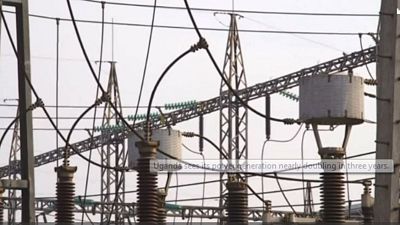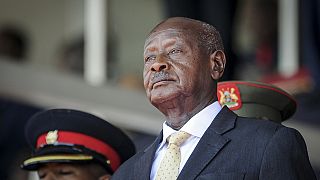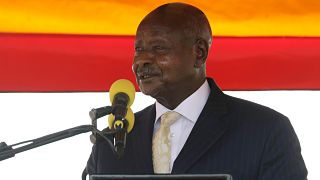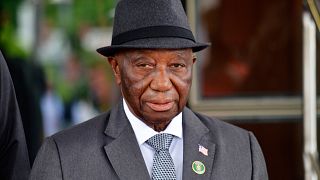Business Africa
Uganda will nearly double its power generation capacity over the next three years, helped by reforms that have fuelled a rush of investment by independent power producers and development groups, a top official said.
The east African country has grown by about five percent a year over the last decade.
Ugandan officials say they want to boost electricity supply rapidly to power an industrialization drive.
Benon Mutambi, chief executive officer of the state-run Electricity Regulatory Authority (ERA), said that eight projects under construction, both privately and publicly-funded, would expand Uganda’s generation capacity to at least 1500 megawatts (MW) over the next three years from 850 MW now.
The plants include Karuma and Isimba on River Nile, which are partly funded with loans from China’s export import (Exim) bank and are estimated to cost more than 2 billion U.S. dollars.
“Karuma as you know is a very big project indeed. Its installed capacity will be equal to the current demand for electricity we have in the country,” Benon Mutambi, chief executive officer of the state-run Electricity Regulatory Authority (ERA) said.
The 250-megawatt (MW) Bujagali dam on the River Nile is also hoped to cut the cost of electricity, particularly for industries.
Ugandan manufacturers and other big businesses have often complained of the high cost of electricity in the country which they say makes their products uncompetitive in the region.
Mutambi added that Uganda plans to export power within the region once the projects in the pipeline have come online.
Six other plants, which have a combined investment of about $500 million, are mostly small renewable energy plants developed by independent producers with funding from development bodies such as Germany’s KfW and Britain’s DFID.
In January 2012, the Ugandan government abolished electricity subsidies for consumers, saying the cost was unsustainable.
In the same year, regulators introduced a mechanism to allow quarterly reviews of end-user power tariffs based on changes in inflation, exchange rates and fuel prices.
In October this year, ERA allowed Umeme Ltd, the sole power distributor, to raise tariffs 17 percent for the fourth quarter after the local currency fell against the dollar.
Mutambi said being able to take unpopular measures to keep the power sector attractive had sent out “positive signals” to the investor community showing that the country was committed to ensure a conducive investment climate.
“A few years down the road our concern was on generation capacity, we had load shedding we had a period of insufficient power supply for a period of more than almost seven years or eight years. So the attention was on generation. Now after the program that we have had on the generation side actually we seem to be doing well, we should be in the coming two years and moving to the medium term, we should be having sufficient generation capacity,” he said.
Uganda’s peak power demand is about 550 MW but is growing 10-12 percent annually.






![Cyber Africa Forum highlights Benin's bold digital resilience [Business Africa]](https://static.euronews.com/articles/stories/09/33/14/38/320x180_cmsv2_675083a0-3d42-5b59-aba8-cbd15242e6d9-9331438.jpg)
![AI drones lead breakthrough against malaria in Africa [Business Africa]](https://static.euronews.com/articles/stories/09/24/88/24/320x180_cmsv2_c81b5378-a4d6-5b79-a296-06f4879024b5-9248824.jpg)





01:00
Pix of the Day: July 3, 2025
01:45
From Uganda to NYC: Zohran Mamdani's rise in American politics
01:22
Ugandan-born Zohran Mamdani declares victory in New York Democratic mayoral primary
Go to video
World Bank resumes Uganda loans after anti-gay law freeze
11:18
Africa Day: AU renews call for reparative justice {Business Africa}
00:59
Kony Case: ICC hearing over Ugandan rebel leader to proceed in absentia